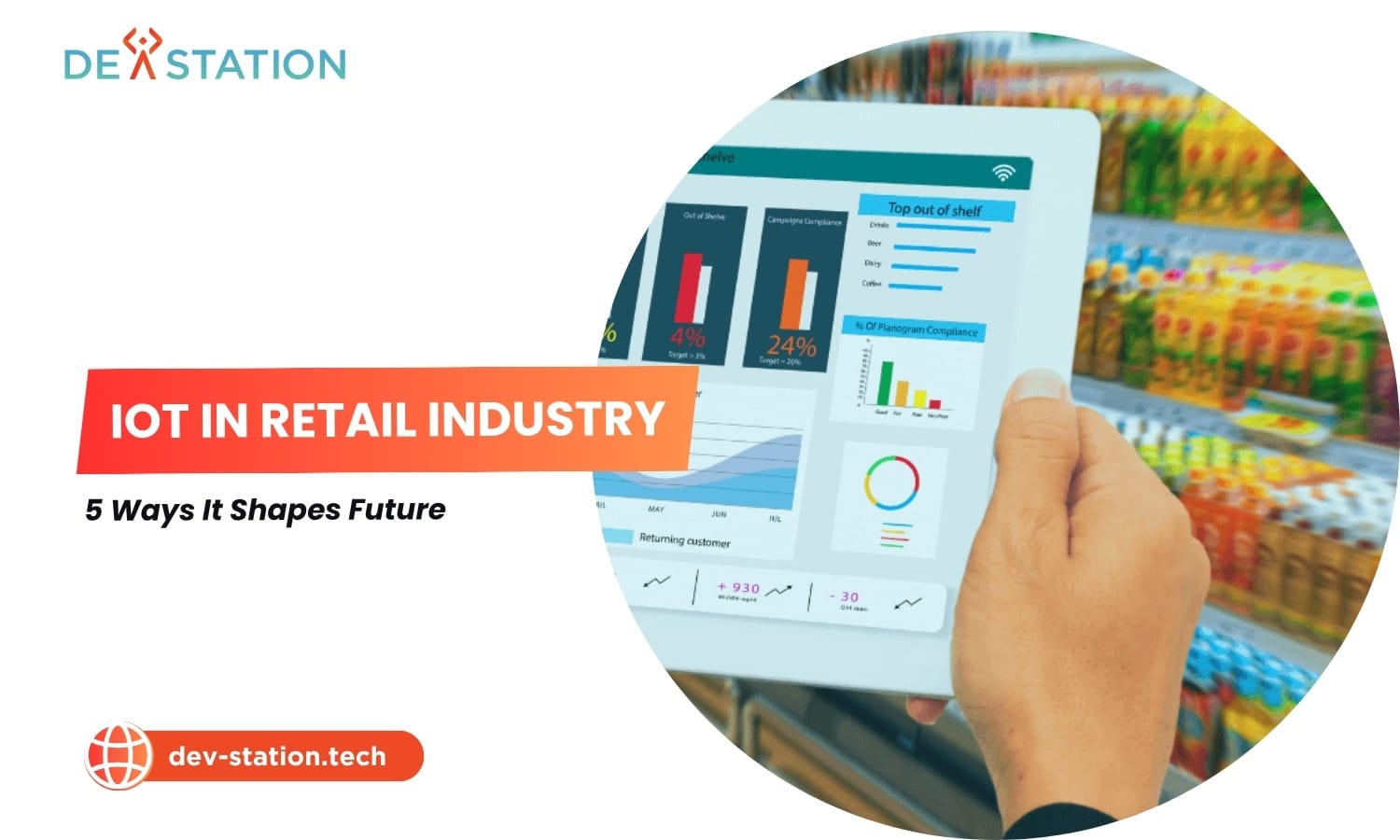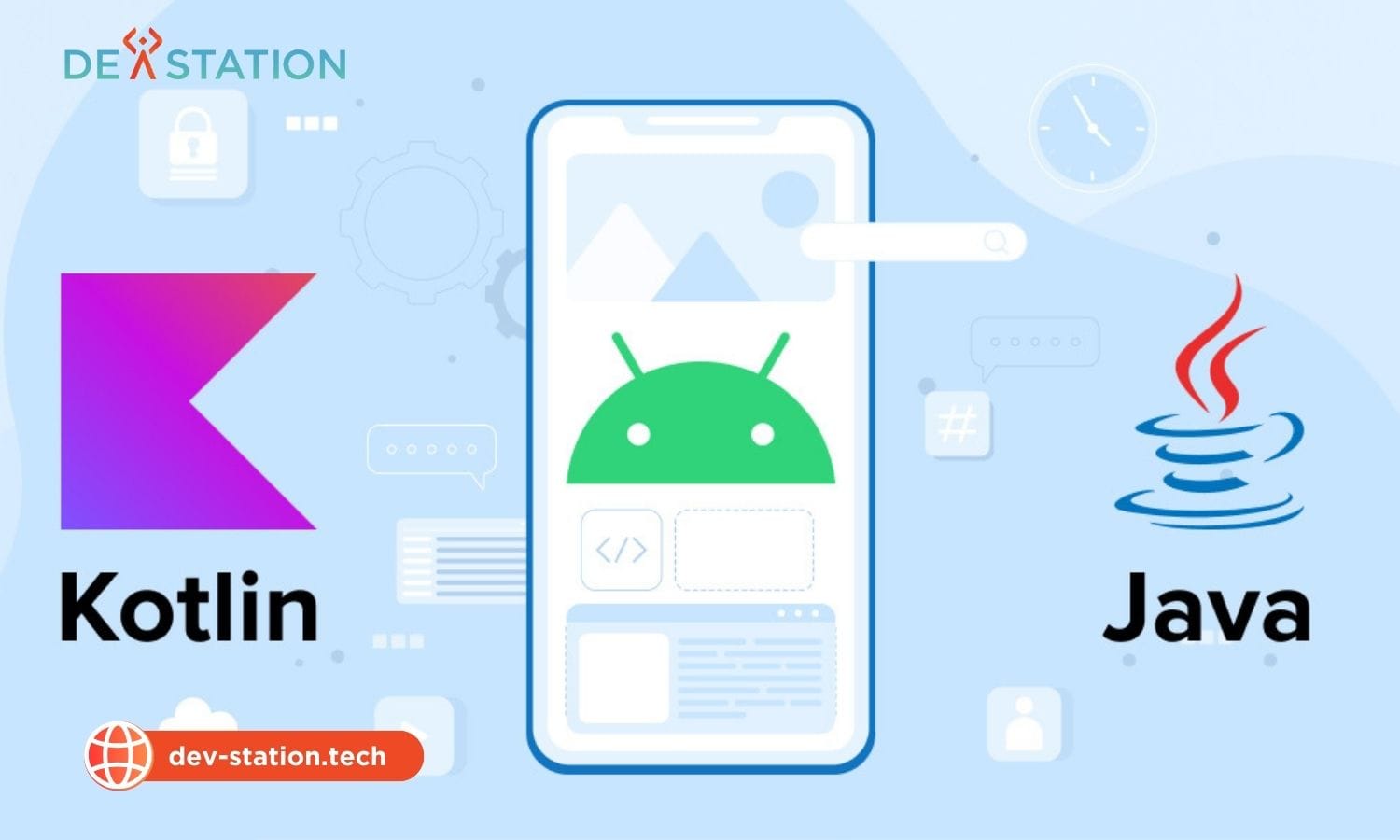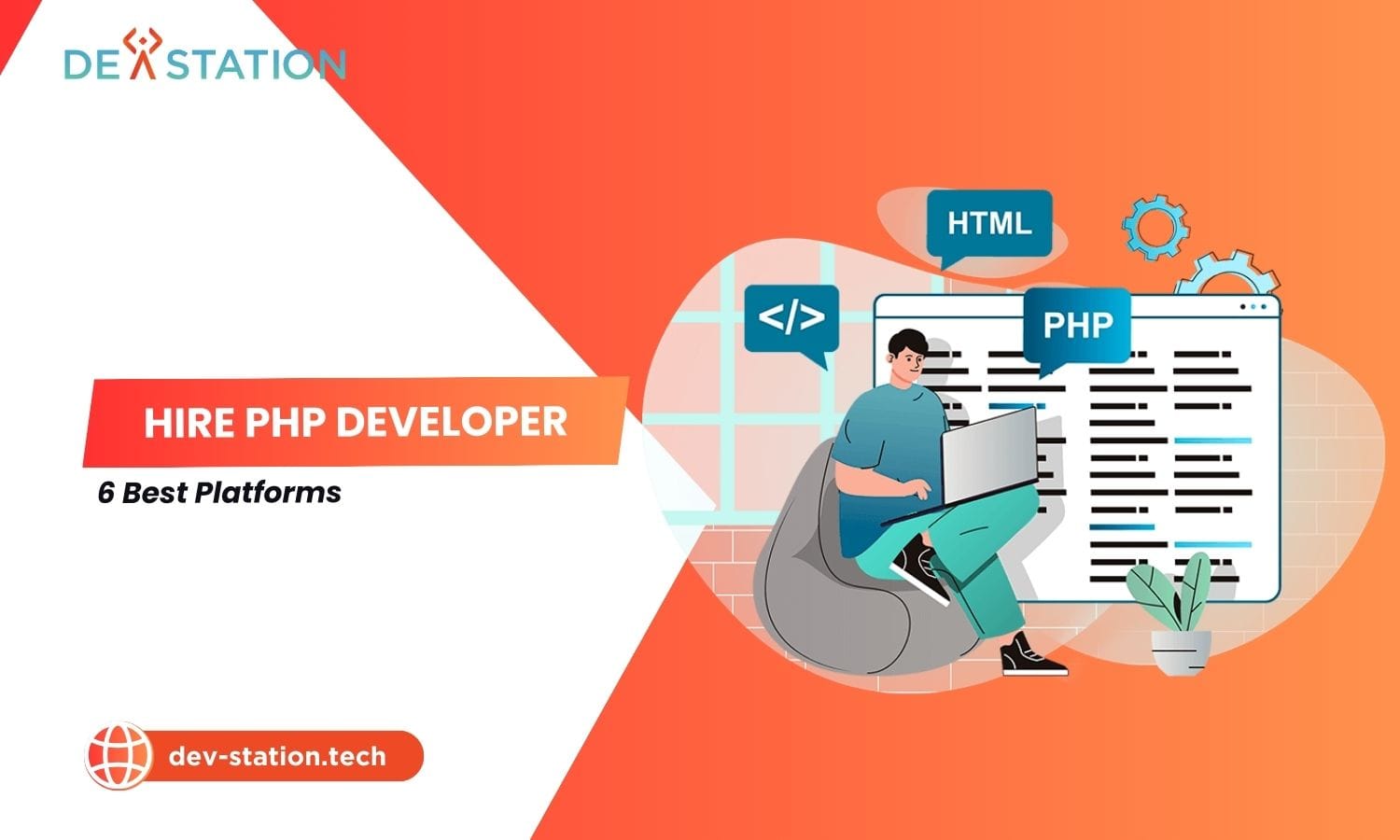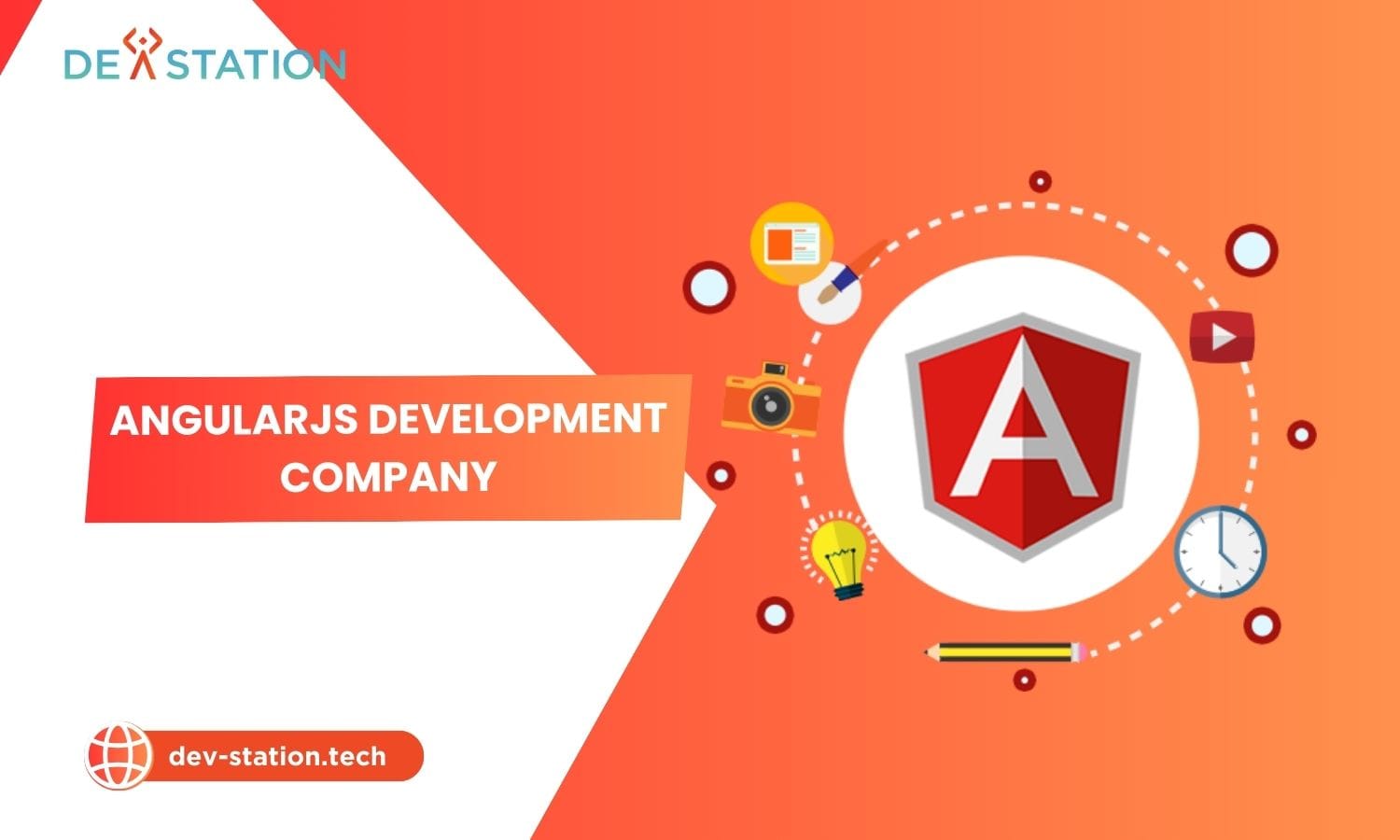The IoT in retail industry is revolutionizing operations with connected device solutions, and Dev Station Technology can guide your transformation. This article explores five powerful ways the Internet of Things is creating intelligent store ecosystems for enhanced customer engagement and supply chain visibility.
Contents
ToggleHow Will IoT Fundamentally Reshape the In-Store Customer Experience?
The Internet of Things reshapes the customer experience by creating a personalized, interactive, and frictionless shopping journey. It leverages data from connected devices to understand and respond to customer behavior in real time, turning physical stores into intelligent environments.
The traditional brick-and-mortar store is undergoing a profound evolution. No longer just a place for transactions, the physical retail space is becoming a stage for brand experiences, and the future of IoT in retail is the director of this new show.
By embedding a network of sensors and connected devices, retailers can gather unprecedented insights into how shoppers navigate their stores, what products they interact with, and where bottlenecks occur. According to a study by McKinsey, hyper-personalization can lift revenues by 5 to 15 percent and increase marketing spend efficiency by 10 to 30 percent. IoT is the enabling technology for achieving this at scale within a physical environment.
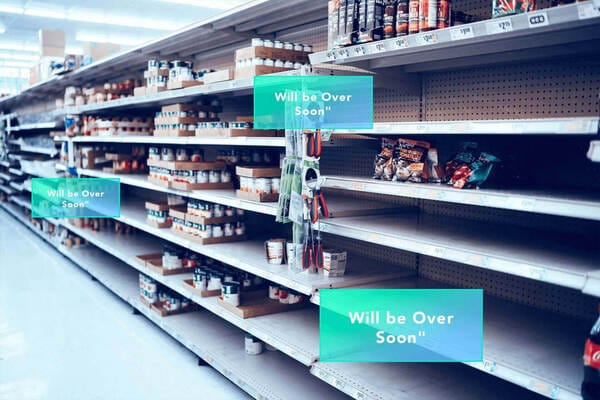
What Is Proximity Marketing with Beacons?
Proximity marketing involves using Bluetooth-enabled beacons to send targeted promotions and content to shoppers’ smartphones based on their precise location within a store, enhancing engagement and driving impulse purchases.
Imagine a customer who has the store’s app installed walking past the electronics section. A beacon, a small low-energy Bluetooth device, detects their presence and instantly sends a push notification to their phone with a 15% discount on headphones they previously viewed online.
This is the power of hyperlocal, contextual engagement. It bridges the gap between online browsing and in-store action. Dev Station Technology helps businesses implement beacon technology to create these highly personalized moments, transforming a generic store visit into a unique journey for every customer. These systems provide valuable data on foot traffic patterns, dwell times in specific aisles, and the effectiveness of promotional displays.
How Do Smart Mirrors and Fitting Rooms Work?
Smart fitting rooms use RFID-tagged apparel and interactive mirrors to automatically detect items, allowing shoppers to request different sizes or colors and see personalized recommendations directly from the mirror’s interface.
The fitting room, often a point of friction, is being transformed into an interactive hub. When a shopper brings RFID-tagged clothing into the room, the smart mirror automatically displays the items. The customer can then use the touchscreen interface to request a different size, see styling suggestions, or even explore how the item looks in different colors.
This not only enhances the customer’s experience but also provides retailers with invaluable data on what items are tried on but not purchased, signaling potential issues with fit or price. Integrating virtual reality in retail fitting rooms is the next frontier, allowing shoppers to try on clothes in virtual environments.
How Can IoT Streamline and Automate Store Operations?
IoT streamlines operations by automating inventory management, checkout processes, and in-store maintenance. This automation reduces labor costs, minimizes human error, and frees up staff to focus on high-value customer interactions.
Beyond the customer-facing glitter, the true power of the iot in retail lies in its ability to create a self-managing, highly efficient store environment. Manual tasks that are repetitive, time-consuming, and prone to error can be almost entirely automated.
The global retail automation market is projected to grow from around 20 billion USD to over 40 billion USD in the next five years, a clear indicator of the industry’s direction. Implementing these smart store solutions leads to significant improvements in operational key performance indicators (KPIs).
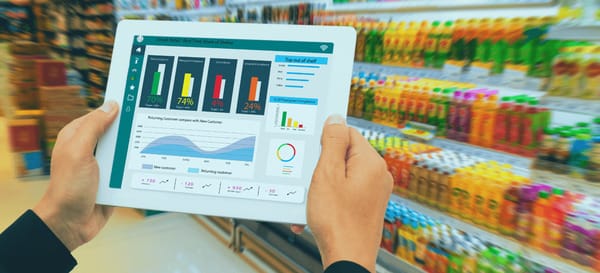
What Are Smart Shelves and How Do They Improve Inventory?
Smart shelves are equipped with weight sensors and RFID readers that constantly monitor the stock levels of products. They automatically alert staff when an item is running low or misplaced, ensuring shelves are always stocked and organized.
Out-of-stock items represent a massive loss of revenue for retailers, estimated to be over 1 trillion dollars globally each year. Smart shelves directly combat this issue. When the number of items on a shelf drops below a predefined threshold, an alert is sent to a store associate’s handheld device.
This system eliminates the need for manual stock checks and ensures that popular products are always available to customers. Furthermore, this real-time data feeds directly into the store’s central inventory system, triggering automated reorders and providing deep insights for retail business intelligence. Dev Station Technology has developed smart shelf solutions that have helped clients improve on-shelf availability by over 98%.
| IoT Operational Technology | Primary Function | Key Benefit |
|---|---|---|
| Smart Shelves | Real-time inventory tracking | Reduces stockouts and automates reordering |
| Automated Checkout | Frictionless, scan-free payment | Eliminates queues and reduces labor costs |
| Digital Price Tags | Dynamic, centralized price updates | Enables surge pricing and eliminates manual changes |
Is Automated Checkout the Future of Shopping?
Yes, automated checkout systems, like those pioneered by Amazon Go, represent the future of frictionless commerce. They use a combination of cameras, sensors, and AI to track items customers take and automatically charge them, eliminating lines entirely.
Waiting in line is consistently ranked as one of the biggest frustrations of in-store shopping. IoT-powered automated checkout completely removes this pain point. Customers simply walk in, pick up the items they want, and walk out. A network of sensors and computer vision cameras identifies the products and charges their account automatically.
While the initial investment is high, the benefits are immense: reduced labor costs, enhanced customer convenience, and a wealth of data on shopping paths and product consideration. These are some of the most innovative retail solutions reshaping the industry.
How Does IoT Provide Unprecedented Supply Chain Visibility?
IoT provides end-to-end supply chain visibility by attaching sensors and trackers to products, pallets, and containers. This allows retailers to monitor the location, condition, and status of their goods in real time from the factory to the store shelf.
The supply chain has traditionally been a black box for many retailers. Once a shipment leaves the warehouse, visibility is often lost until it arrives at the store. IoT changes this paradigm entirely. By embedding GPS trackers and environmental sensors into shipments, companies can gain granular, real-time insights. For example, a shipment of perishable goods can be monitored for temperature and humidity. If the temperature exceeds a safe threshold, an alert is triggered, allowing for intervention before the product spoils.
This level of control dramatically reduces waste and ensures product quality. According to Gartner, by 2027, more than 50% of large global enterprises will be using IoT, advanced analytics, and AI in their supply chain operations. The integration of blockchain in retail supply chains can further enhance this by providing an immutable and transparent record of an item’s journey.
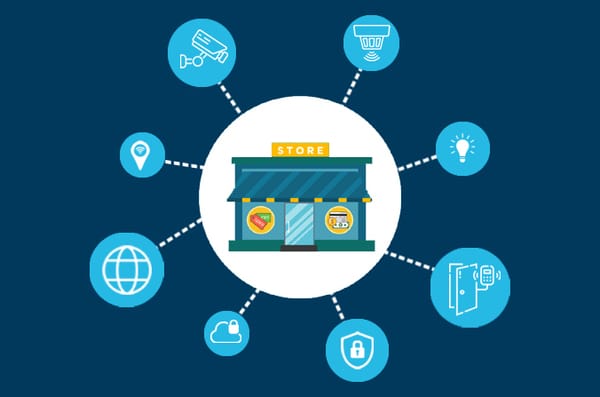
What Advanced Technologies Combine with IoT for Retail Innovation?
IoT’s true potential is unlocked when combined with Artificial Intelligence (AI) and Machine Learning (ML). IoT devices collect massive amounts of data, and AI/ML algorithms analyze this data to uncover patterns, make predictions, and automate intelligent actions.
IoT is the sensory network of the retail environment, collecting raw data from every touchpoint. However, data alone is not enough. The real value comes from transforming that data into actionable insights. This is where AI and Machine Learning come into play. By applying sophisticated algorithms to the data streams from smart shelves, beacons, and cameras, retailers can move from reactive to proactive strategies. These technologies are often delivered via a saas ecommerce model, making them accessible to more businesses.
For instance, analyzing foot traffic data alongside sales data can reveal how store layout affects purchasing behavior. This data can inform A/B tests for product placement to maximize sales. The powerful combination of machine learning in ecommerce and physical stores allows for predictive models that can forecast demand with much greater accuracy.
By analyzing historical sales data, weather patterns, and local events, retail predictive analytics can help stores optimize staffing levels and inventory for anticipated demand, ensuring a smooth and efficient operation.
How Can Your Business Begin Implementing IoT Solutions?
Starting your IoT journey involves a strategic, step-by-step approach. Begin by identifying a key business problem, launch a focused pilot project to prove value, and then select an experienced technology partner to help you scale your solution securely.
Embarking on an IoT transformation can seem daunting, but it is an accessible and highly rewarding endeavor when approached correctly. At Dev Station Technology, we guide our clients through a clear and manageable process to ensure a successful implementation with a strong return on investment. The key is to avoid a big-bang approach and instead focus on iterative, value-driven steps.
- Identify a High-Impact Problem: What is the biggest pain point in your operations or customer experience? Is it stockouts? Long queues? Lack of customer insights? Start with a problem where IoT can deliver a clear and measurable improvement.
- Launch a Pilot Project: Do not try to transform your entire operation at once. Select one or two stores to launch a proof-of-concept. For example, implement smart shelves in your most problematic aisle or test beacons in a specific department. This allows you to test the technology, measure the results, and build a business case for a wider rollout.
- Choose the Right Technology Partner: Implementing IoT requires a diverse skillset covering hardware, connectivity, cloud software, and data analytics. Partnering with an experienced firm like Dev Station Technology provides you with the expertise needed to navigate these complexities and avoid common pitfalls.
- Prioritize Security and Scalability: Every connected device is a potential entry point for cyber threats. Ensure your IoT architecture is designed with security as a primary concern from day one. Your chosen platform must also be scalable to handle data from thousands or even millions of devices as your implementation grows.
- Analyze, Iterate, and Scale: The data from your pilot project is invaluable. Analyze it to measure success and identify areas for improvement. Use these insights to refine your approach before scaling the solution across more stores or applying it to new use cases.
The integration of IoT into the retail industry is not a distant trend; it is happening now and is a critical component of a modern retail strategy. By embracing these connected technologies, you can create superior customer experiences, build hyper-efficient operations, and secure a competitive advantage in the market of the future.
To understand how these solutions can be tailored for your specific business needs, we encourage you to learn more at Dev Station Technology. Contact our expert team for a consultation at our website dev-station.tech or email us directly at sale@dev-station.tech.

